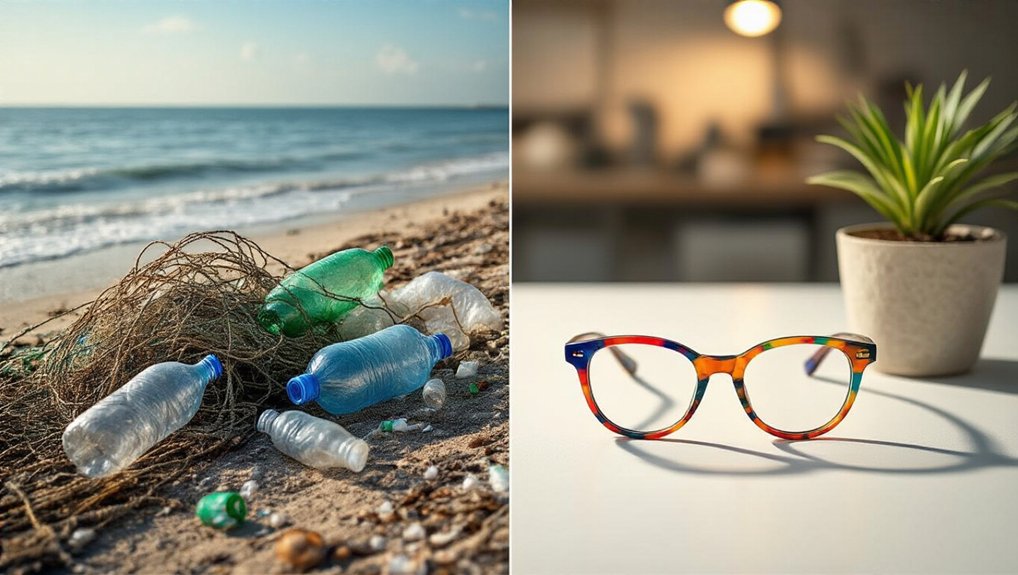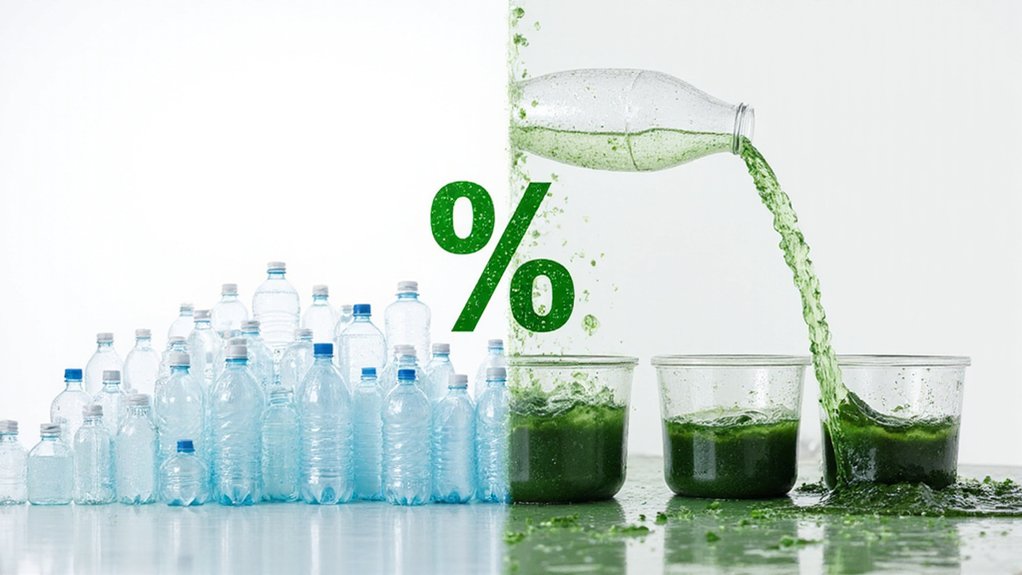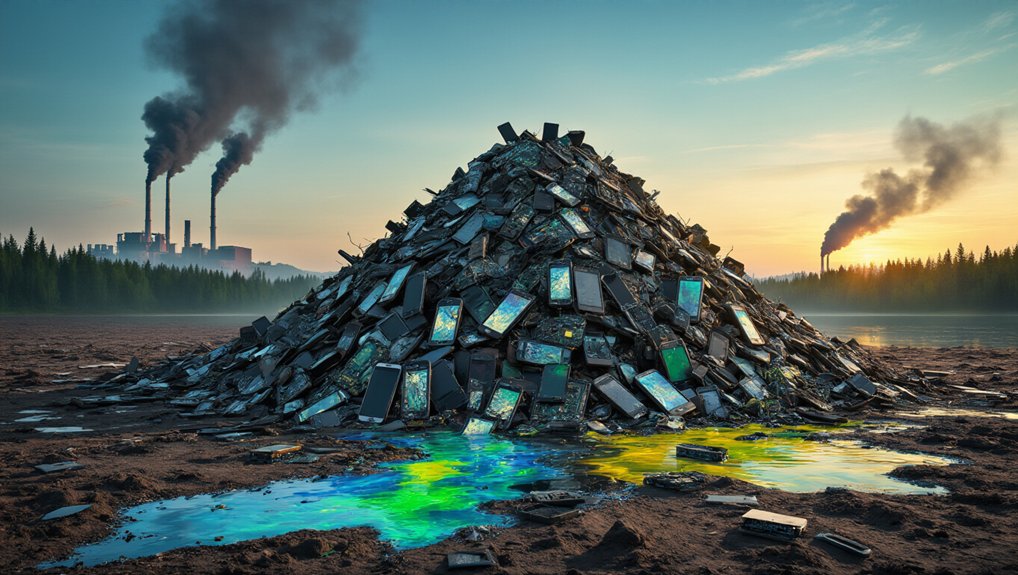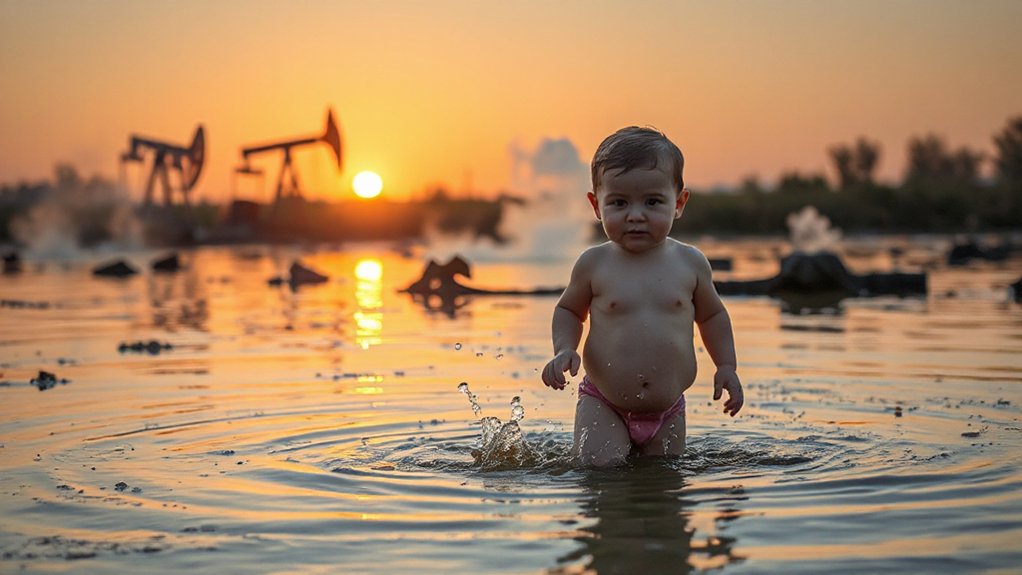While fast fashion gets dragged through the mud for environmental crimes, the eyewear industry has been quietly plotting its own green transformation. The shift started small with MIDO exhibition’s CSE Award in 2019, but now Italian manufacturers are pushing for industry-wide certification. Everyone wants in on the eco-action.
The materials tell the real story. Sea2see cranks out frames from “Upsea” recycled marine plastic—350 different styles made from ocean trash. INVU Eyewear transforms water bottles into sunglasses. Others experiment with bio-based acetate and biodegradable materials. It’s like watching a chemistry experiment, except the end product sits on your face.
Ocean trash becomes eyewear while water bottles morph into sunglasses—sustainable chemistry experiments you wear on your face.
Manufacturing got a makeover too. Brands audit their supply chains, upgrade to energy-efficient equipment, and cut water usage. Local sourcing reduces transportation emissions. Production lines get redesigned to minimize waste. J&J Vision exemplifies this shift, powering their manufacturing operations entirely with wind power. The industry aims to emulate the 90% cost reduction achieved in battery technology over the last decade. Kering Eyewear pledged to slash greenhouse gas emissions by 40% before 2035, part of their broader sustainable luxury strategy. All very noble, assuming companies actually follow through instead of just talking about it.
Packaging underwent its own transformation. Single-use plastics are out. Recyclable and compostable materials are in. Digital documentation replaces printed manuals. Some brands make packaging sustainability their whole marketing schtick. Because nothing says “buy me” like a compostable box.
The carbon offsetting game brings mixed feelings. Companies plant trees, fund renewable energy projects, and throw money at environmental nonprofits. Some chase carbon neutrality through partnerships and certifications. Others use these initiatives for storytelling. Tree planting sounds great until you realize it’s often just PR gymnastics to avoid actually reducing emissions.
Consumer demand drives this green wave. Buyers increasingly factor sustainability into purchase decisions, forcing brands to adapt or lose market share. Harvard Business Review documented this shift, though the sentence got cut off in the facts provided. The market responds to wallets opening for eco-friendly options.
Here’s the thing—these efforts matter. Marine plastic frames beat virgin petroleum products. Efficient manufacturing beats wasteful processes. But let’s be honest. The most sustainable eyewear is the pair you already own, worn until they fall apart. Everything else, green or not, feeds consumption. The industry’s making progress, sure. Whether it’s enough remains the billion-dollar question.
References
- https://www.visionmonday.com/business/going-green/article/as-the-sustainability-movement-grows-optical-responds-to-consumers-green-needs
- https://www.greencitytimes.com/sustainability-in-the-eyewear-industry/
- https://www.sustainability-times.com/impact/how-the-eyewear-industry-is-adopting-green-practices-to-foster-sustainability/
- https://www.visionmonday.com/business/article/eyewear-companies-adopt-green-strategies-in-production-packaging-and-everything-in-between/
- https://www.uoosd.com/the-carbon-footprint-of-your-glasses









